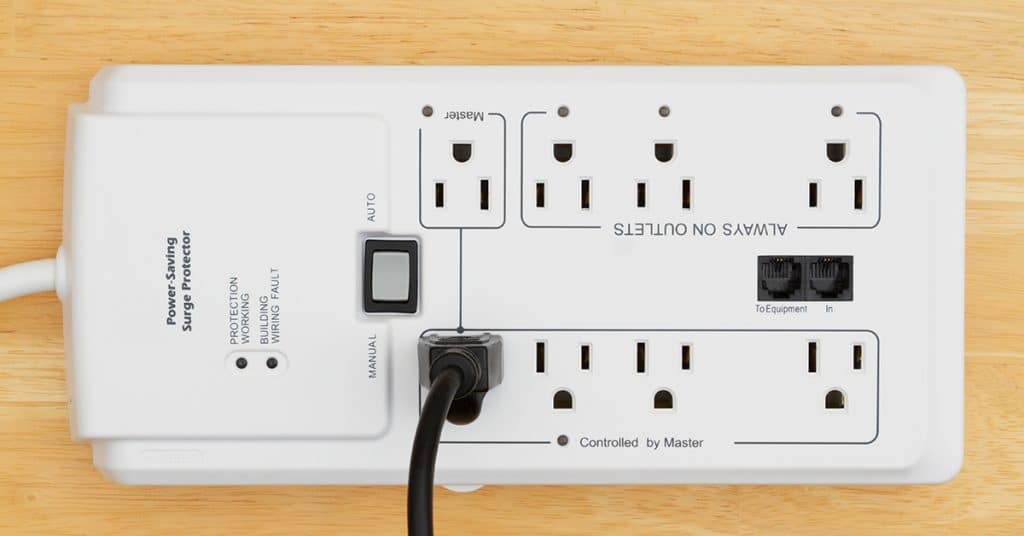Protect Your Home from a Power Surge - NEC Coop
Apr 1, 2021 — Electric Tips at Home, News, Resources

There is a thunderstorm and you hear the lightning strikes nearby. There is a momentary power interruption, then it returns. Mysteriously, the TV won’t turn on.
Sounds familiar? Power surges are the main cause of power-related device damage. It can fry the circuit breaker and spread throughout your home’s outlets, causing costly damage to any electronics, appliances, and devices that are plugged in.
What is a power surge?
A power surge is a temporary unexpected increase in the voltage or current of an electrical circuit. A typical outlet has 120-volt AC power flowing through it. This voltage is not considered constant; there are times when it fluctuates. In the event of a damaging power surge, the amount of voltage exceeds 169 volts.
Causes of power surges
The heat that is generated during a boost in voltage beyond a device’s normal operating voltage may cause a power surge. Small surges may cause undetected damage that may accumulate in time. However, big power surges, like the ones caused by a lightning strike, can cause immediate and permanent damage. Here are some of the causes of power surges:
- Lightning
- Faulty wiring
- Appliances switching on and off
- Downed power lines caused by accidents or natural occurrences
- High demand for electricity that causes rolling blackouts
- Branches or animals conducting energy between live wires
- Issues with the utility company’s equipment
Signs of a power surge
- The appliance or device does not turn on
- The device lights are blinking
- The power strip or surge protector may need resetting
- There is a burnt or acrid odor from the power source or device
Protecting your home from a power surge
While it’s true that you cannot prevent natural occurrences or other events from occurring around your home, you can do your utmost to protect what’s on the inside. Getting a high-quality power surge protector – also known as surge diverter or surge suppressor – can help protect your home from a damaging power surge.
The job of a surge protector is to safely divert voltage spikes to the ground, instead of allowing them to enter your equipment’s sensitive circuits. You can also have surge protection outlets installed in your home, as these offer surge protection.
For areas with high surge activity, it is advisable to have your protectors replaced periodically. It’s best to use the two-tiered approach:
- Use an entrance surge protection device, which will provide protection for your entire electrical system. This type of device is usually mounted on your main electrical panel or at the base of the electric meter.
- Point-of-use devices are used to protect specific home appliances.
A better approach would be to combine a service entrance power surge protector with point-of-use devices. Installing both devices makes for a better surge protection system.

